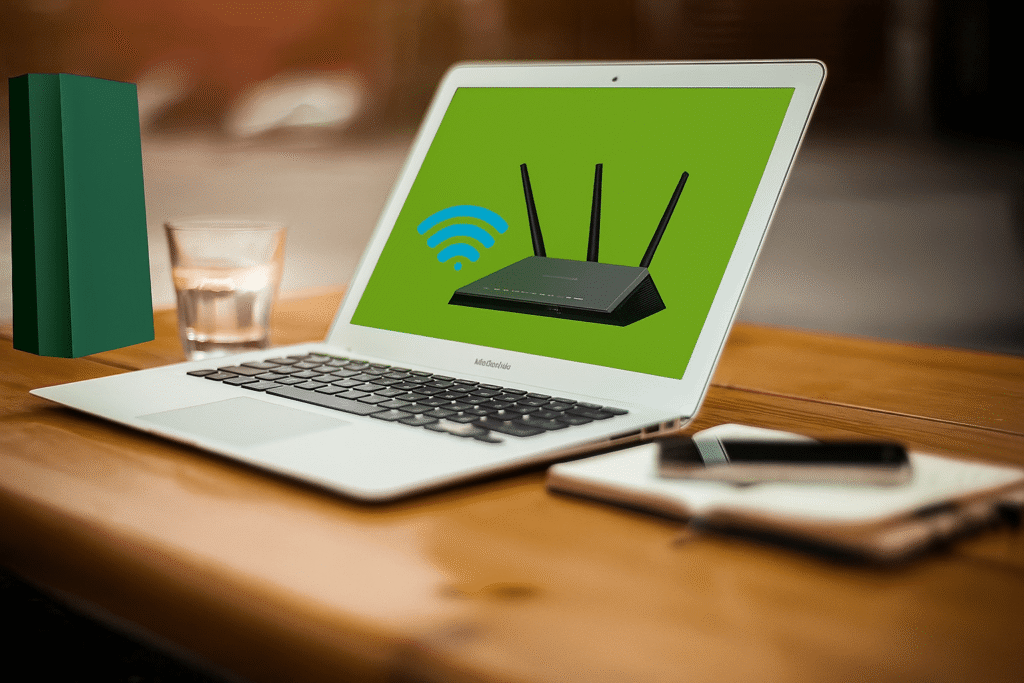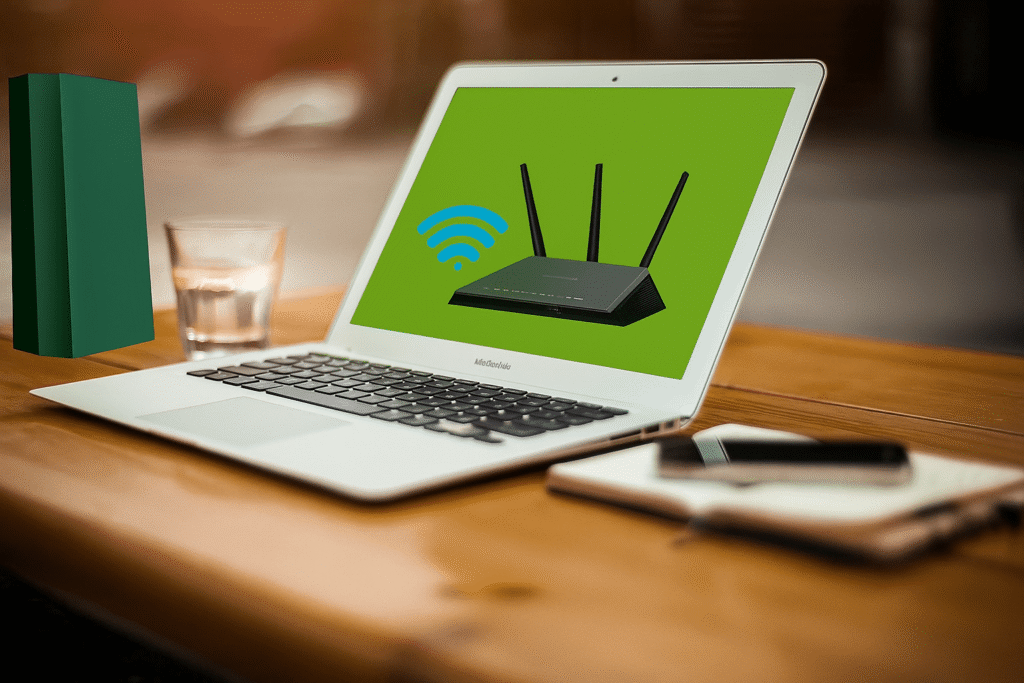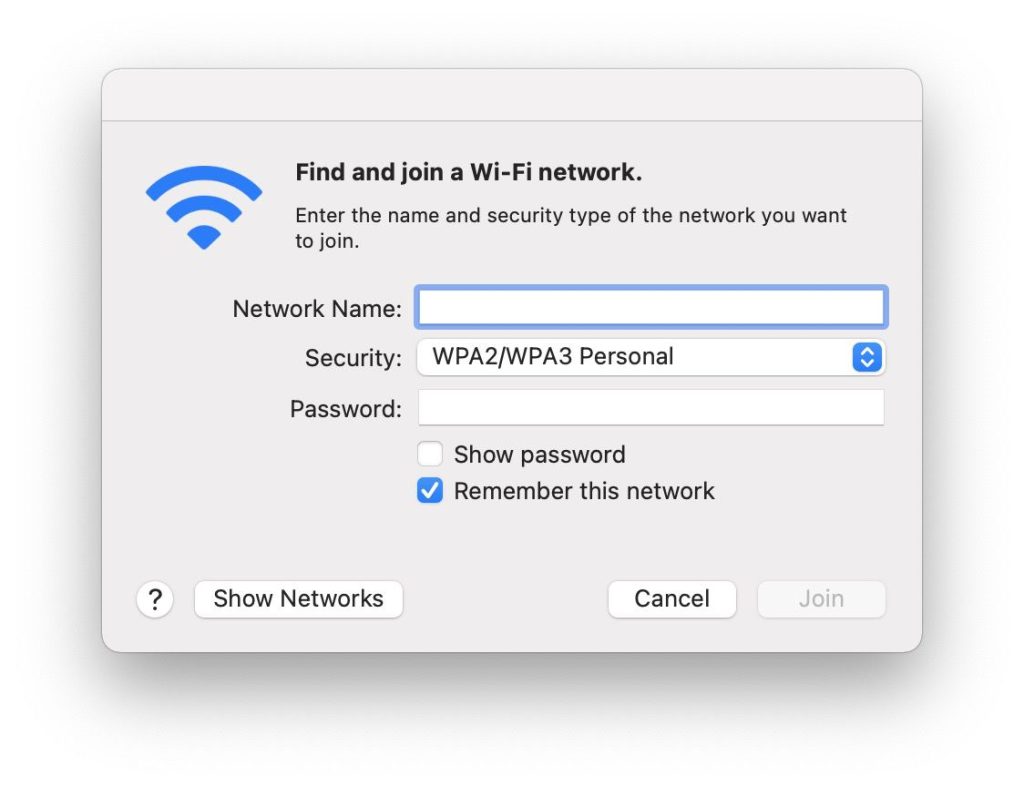How to Connect NETGEAR WiFi Range Extender with WPS Method
There are multiple ways to connect a WiFi Range Extender with your broadband router to increase wireless coverage in your home or office. By adding an extender, you can access the internet in every corner of your place without weak signals. The three most common methods are:
WPS Method
Manual Configuration
Ethernet Cable Setup
WPS Method (Quick Setup)
This is the easiest and fastest way to connect a WiFi extender with your router. Anyone can do it without technical help, as it only takes a few minutes. However, you must ensure that your router and extender support the WPS function (some older devices with WEP security may not).
Step-by-Step Process:
Find the WPS Button – Almost every extender has a dedicated WPS button, usually located on the side panel.
Power Up the Extender – Plug in the device and wait until the LED indicator turns stable (usually green or solid).
Press WPS Buttons – First press the WPS button on your router, and then press the WPS button on the extender within 2 minutes.
Automatic Connection – Within seconds, the extender will connect to your router automatically.
Access the Setup Page – If the configuration page does not open automatically, you can enter the setup URL manually in your browser and log in using the default username and password (e.g., admin/admin).
After login, you will see the default extended network name (SSID). You can rename this SSID in the settings if you want to personalize your WiFi network.

Introduction to NETGEAR Extender Setup Page
The extender setup page is a local web address (URL) used to set up and manage WiFi range extenders. When you connect an extender to your device (via Ethernet or WiFi) and open a web browser, entering the setup link (such as extender setup portal) allows you to access the configuration interface.
This setup portal is essential for:
Configuring the extender with your existing router.
Improving overall WiFi coverage in your home or office.
Managing settings like SSID, password, and security features.
Whether you are connecting the extender for the first time or adjusting its settings later, accessing the setup page ensures that your extender works properly and provides seamless internet connectivity across all areas.

New Extender Setup Guide
Setting up a new WiFi range extender is simple if you follow the right steps. Below is a step-by-step guide to get your extender up and running:
How to Connect Your Range Extender to a Hidden SSID
Sometimes you may need to connect your WiFi range extender to a hidden SSID (a network that doesn’t broadcast its name). A hidden SSID adds a layer of security, but setting it up with your extender requires manual configuration. If you’re facing confusion about how to do it, don’t worry — this guide will walk you through the step-by-step process.
Step 1: Power on Your Range Extender
Plug your range extender into a power outlet.
Wait for the power LED to turn stable.
Step 2: Connect Your Device to the Extender
Use a laptop, PC, or smartphone.
Connect to the extender’s default WiFi network or use an Ethernet cable for stability.
Step 3: Open the Setup Page
Launch a web browser and enter the extender’s setup URL (for example, default extender setup page).
Login with your default credentials (usually mentioned on the product label).
Step 4: Choose Manual Setup
On the setup dashboard, select the WiFi Range Extender Setup option.
When prompted to connect to a WiFi network, look for the “Enter SSID Manually” option.
Step 5: Enter Hidden SSID Details
Type the exact SSID (network name) of your hidden WiFi.
Select the security type (WPA/WPA2, etc.) and enter the correct WiFi password.
Double-check the details, as incorrect input will prevent the connection.
Step 6: Apply Settings and Connect
Click Next/Apply to save the settings.
Your range extender will now attempt to connect to the hidden SSID.
Once connected, the extender LEDs will confirm a successful link.
Step 7: Test the Connection
Reconnect your device to the extender’s WiFi.
Check internet access and ensure strong signal strength in the previously weak areas.

MYWIFIEXT Extender Setup Guide
Step 1: Power On the Extender
- Plug the extender into a power outlet.
- Wait until the LED light becomes stable.
Step 2: Connect to the Extender
- On your computer or mobile, go to WiFi settings.
- Connect to the network name shown for your extender (usually something like EXT or Setup).
Step 3: Open Setup Page
- Launch a browser and type the setup web address (shown in the extender manual).
- If the page does not load, you can also try the default IP (commonly
192.168.1.250).
Step 4: Follow On-Screen Instructions
- Create your login credentials.
- Choose your existing WiFi network and enter its password.
- The extender will now connect and expand your coverage.
Troubleshooting if Setup Page Doesn’t Open
- Clear Browser Cache – delete cookies, history, and cache.
- Use a Different Browser – sometimes Chrome/Edge works better.
- Connect via Ethernet – use a cable directly between computer and extender.
- Check Network – make sure you are connected to the extender’s WiFi, not the router.
- Reset the Extender – press and hold the reset button for about 15 seconds until the LED blinks, then try setup again.
NETGEAR Range Extender Airplay Setup
Among the several useful features of a WiFi range extender, the Airplay feature is one of the most convenient options. With this, you can stream multimedia content seamlessly and enjoy music throughout your home network. Just like you configure your extender for internet access, you can also manage and use the Airplay feature with a few simple steps.
Steps to Configure Airplay on Range Extender
- Initial Setup
- Complete the basic configuration of your router, device, and range extender.
- You may use a wired connection, wireless setup, or the WPS method.
- Ensure that the extender is properly powered on and connected.
- Device Preparation
- Make sure the audio device or music extender feature is installed successfully.
- Plug your range extender into a power outlet.
- Speaker Connection
- Connect your speakers to the extender.
- Ensure that your wireless device is connected to the same WiFi network.
- Download the Airplay Application
- From your device, go to the App Store or Google Play Store.
- Download a free Airplay-compatible application.
- For iOS users (iPhone, iPad, iPod), Airplay is available directly through the Music app.
- Start Streaming
- Open the application and go to the music source.
- Select your favorite songs and play them.
- If you want to stream music directly on speakers, connect compatible speakers to your extender and select your device from the Airplay list.
Benefits of Airplay with Range Extender
Easy Control: Manage playback settings directly from your device without complicated setup.
Wireless Music Streaming: Play songs from any internet-enabled device wirelessly through your home network.
Seamless Connectivity: Stream music as long as you are within the WiFi range.
Multi-Device Support: Works with compatible smartphones, tablets, and computers.